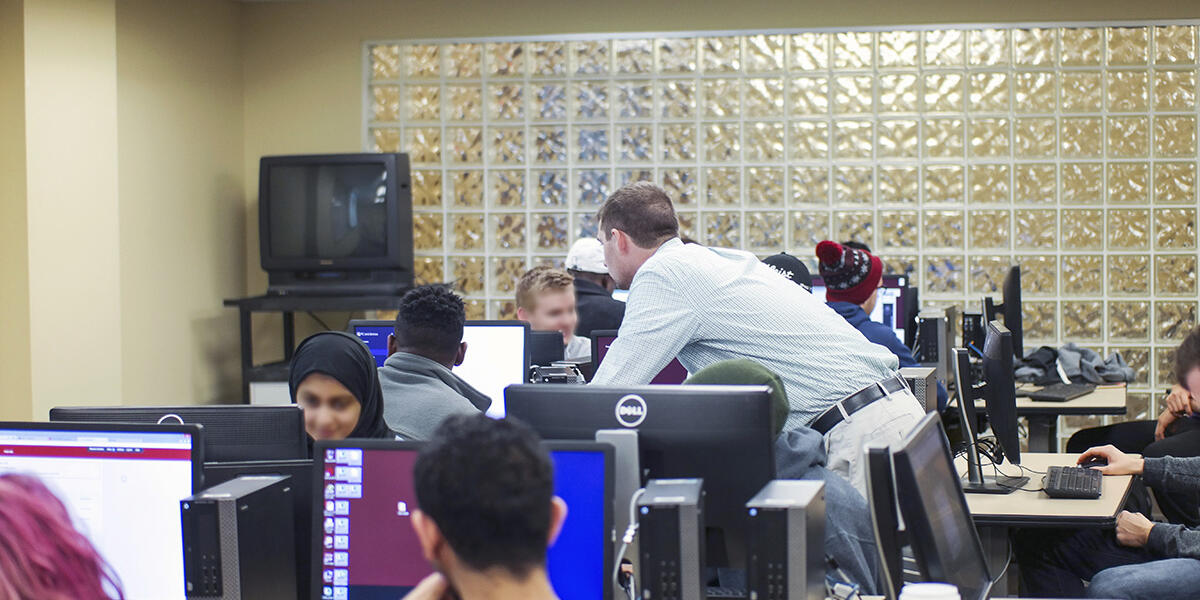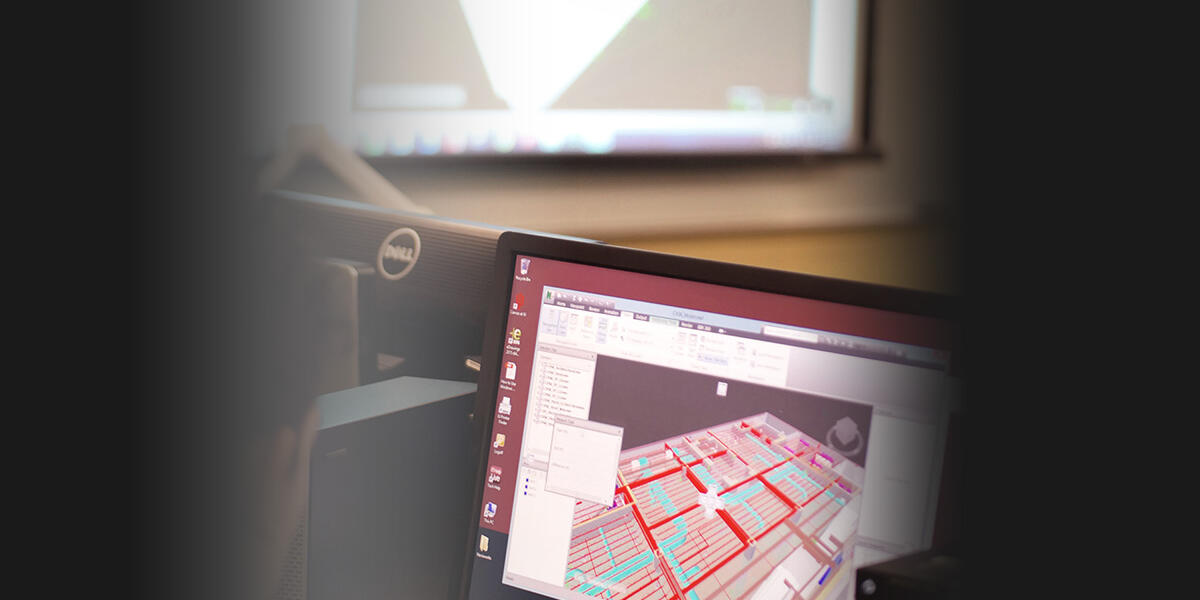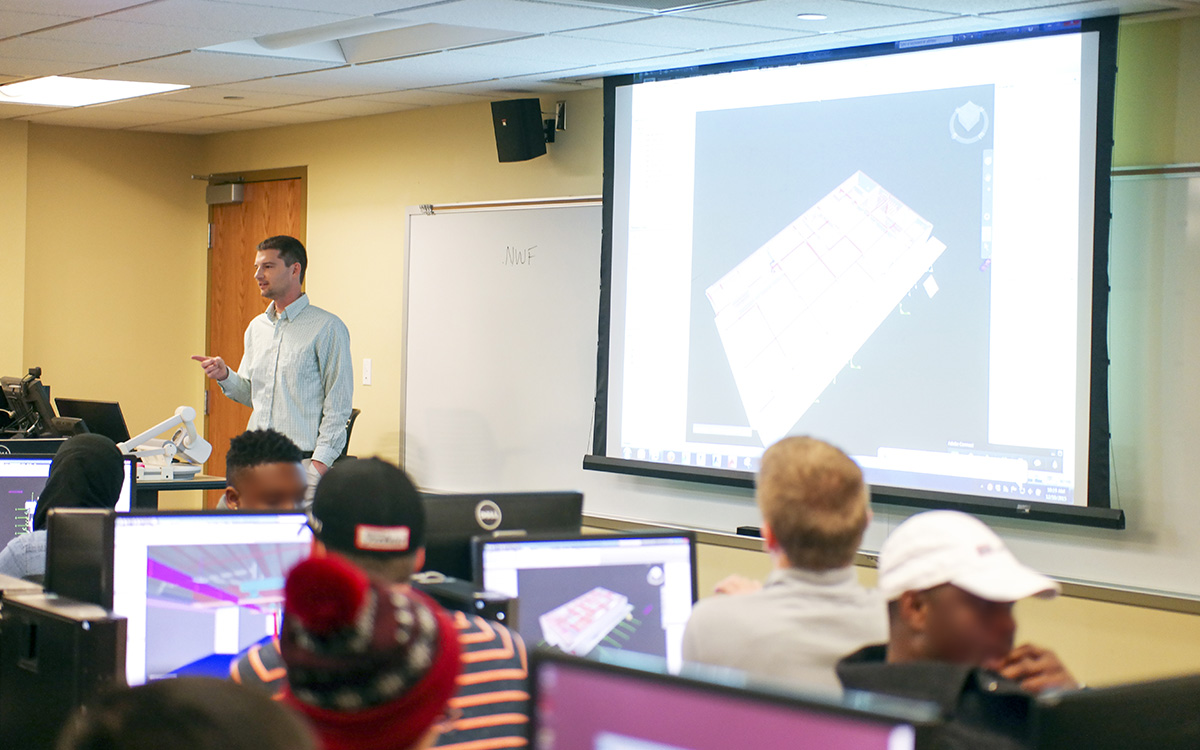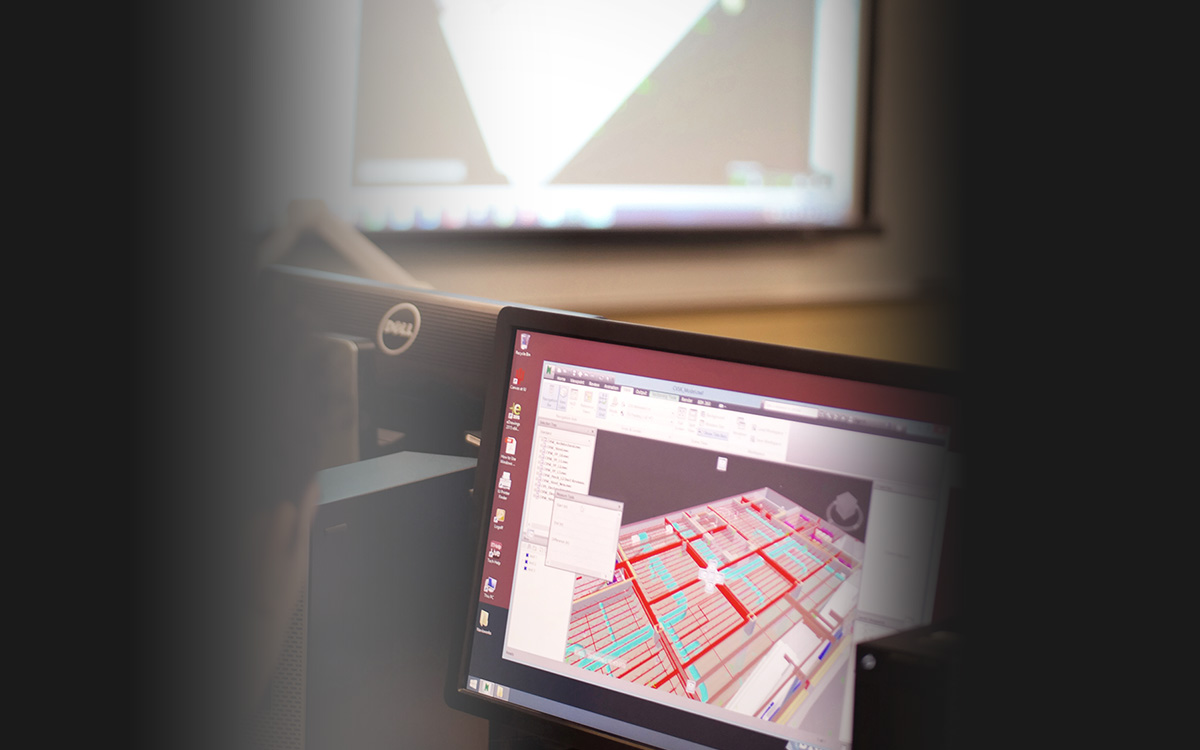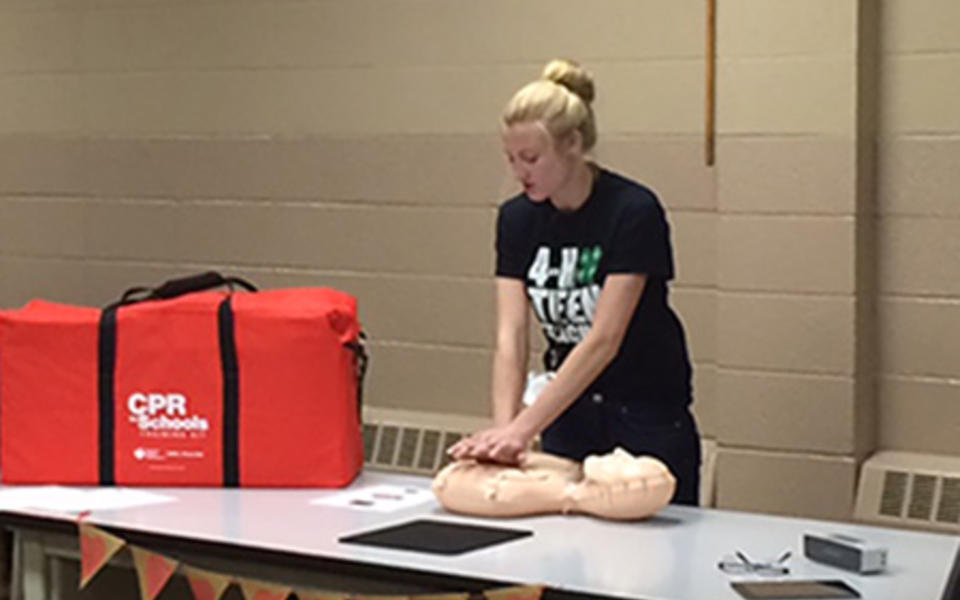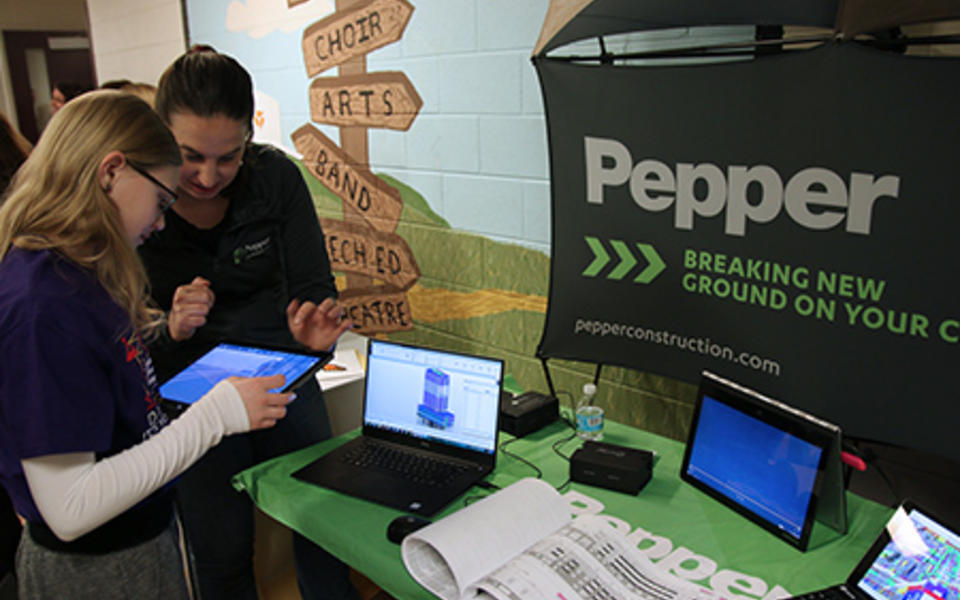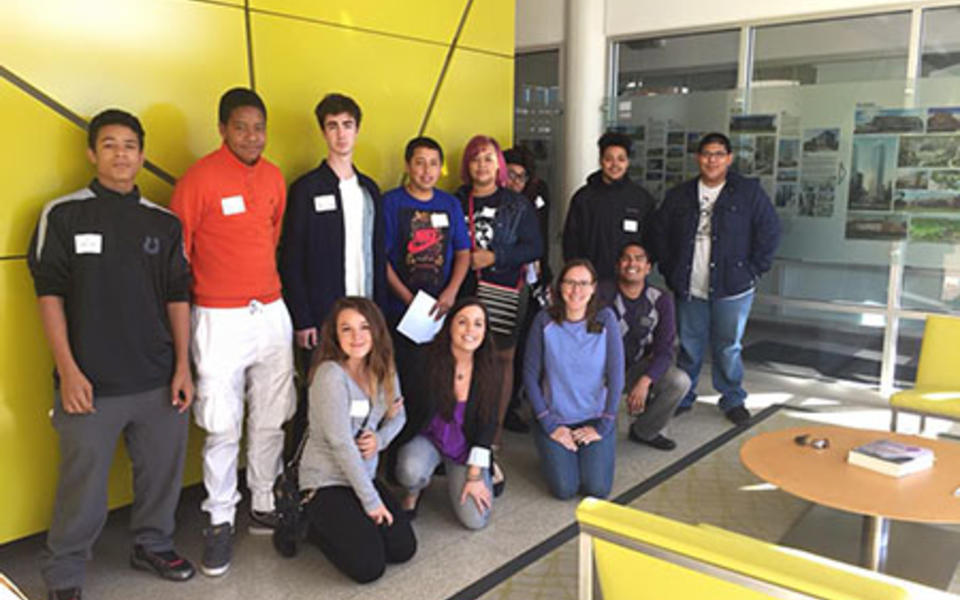Spend an hour at any Building Information Modeling conference or construction roundtable and you will clearly see the rapid pace at which construction technology is evolving. The days of the construction industry lagging behind in the adoption of technology are quickly coming to an end. There are a myriad of new solutions for us to evaluate and countless opportunities for us to introduce our own ideas to influence how these tools and processes are being developed. But what role do we, the construction industry, play in helping ensure these new solutions and ideas are being taught at the universities from which we will hire our future workforce?
Over the past few years I’ve given guest lectures and hosted Building Information Modeling workshops for students at my alma mater, Purdue University. This past semester, I was given the opportunity to take my involvement a level further and teach five weeks of a Construction Engineering Management Technology class at Indiana University-Purdue University Indianapolis. For these university departments and their students, maintaining connections with people in the industry is vital to keeping up with this rapid evolution and ensuring students are prepared for the future ahead. For me, having the chance to provide a link between what is taught in the classroom and how that is applied in our everyday business is certainly rewarding. After all, it was just a handful of years ago I was sitting in those same seats, looking to make those same connections.
Spend an hour in these classrooms and you will see that today's students are more engaged in the use of technology than they were just six years ago, when I was in college (at that point Facebook and Twitter were just taking off and there was no such thing as an iPad). But understanding how a particular software or technology works will only get you so far. More than ever, today's students need to understand the business application for these technologies and be prepared to offer innovative solutions to problems that have yet to be solved.
I’ve truly enjoyed working with students and helping to be that link. By providing real world examples within the classroom, we can better prepare students and, in turn, we in the industry can help create the future for construction. The construction industry is full of opportunity, and exciting things are on the horizon!
About the Author


